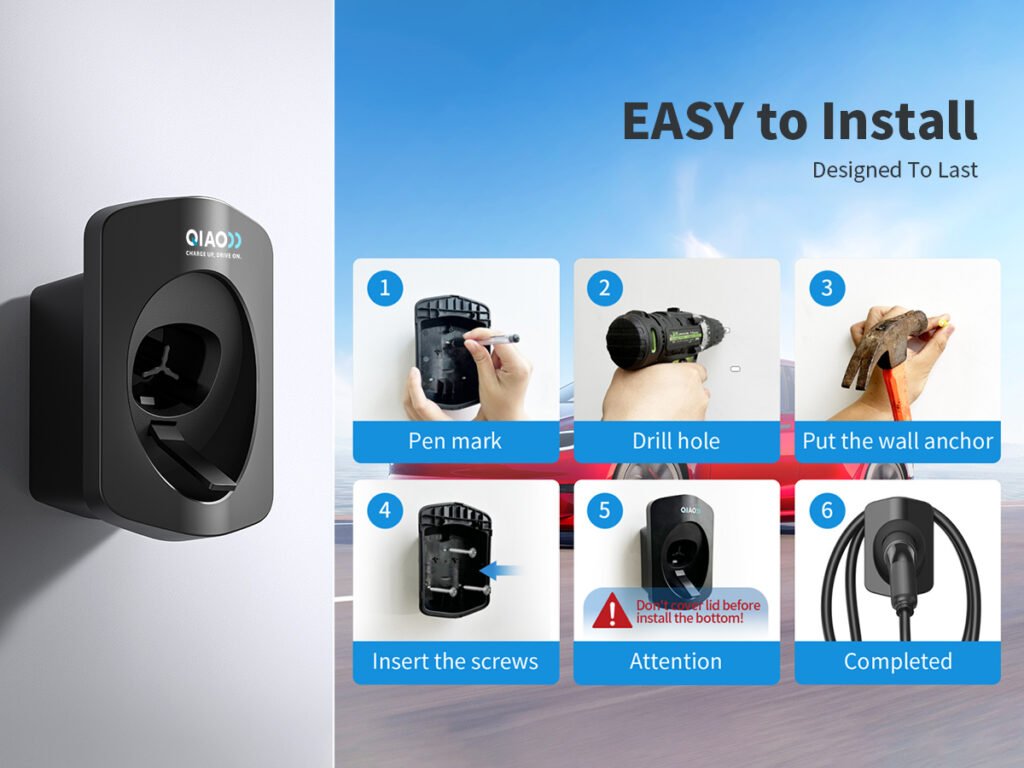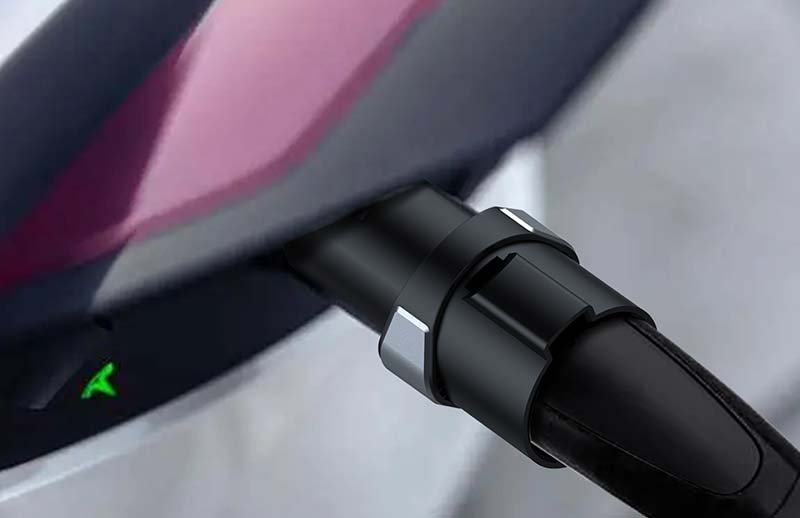Are you ready to make EV charging at home a reality? Installing an electric vehicle (EV) charger at home can save time, money, and the hassle of relying on public charging stations. Let’s walk through the process step by step.
Installing an EV charger at home involves selecting the right charger, preparing your electrical system, and ensuring safe, professional installation. With the right setup, you can conveniently charge your EV overnight.
This guide will help you understand everything from choosing the right equipment to the installation process.
Step 1: Choose the Right EV Charger
Level 1 vs. Level 2 Chargers
- Level 1 Charger: Comes with most EVs and plugs into a standard 120-volt outlet. It’s slow, providing 3-5 miles of range per hour, but requires no additional installation.
- Level 2 Charger: Requires a 240-volt outlet but offers 20-30 miles of range per hour, making it ideal for faster, more efficient home charging.
For most EV owners, a Level 2 charger is the best choice for convenience and efficiency.
Consider Smart Features
Many Level 2 chargers come with smart features like:
- Wi-Fi connectivity for remote monitoring and control.
- Energy usage tracking to optimize charging.
- Scheduling to charge during off-peak electricity rates.
[Image placeholder: A sleek Level 2 charger mounted on a garage wall.]
Step 2: Assess Your Electrical System
Check Your Home’s Capacity
Before installing a Level 2 charger, ensure your home’s electrical system can handle the additional load. Key considerations include:
- Panel Capacity: Most Level 2 chargers require a 40-amp circuit. Check if your electrical panel has enough capacity.
- Wiring: Ensure your wiring is up to code and capable of handling a 240-volt outlet.
Consult a Professional Electrician
A licensed electrician can:
- Perform a load calculation to determine if your panel needs an upgrade.
- Advise on the best location for your charger.
- Ensure compliance with local building codes.
[Image placeholder: An electrician inspecting a home’s electrical panel.]
Step 3: Obtain Necessary Permits
Many municipalities require permits for electrical work, including EV charger installation. Check with your local authorities or ask your electrician to handle the permitting process.
Benefits of permits:
- Ensures safety and compliance with electrical codes.
- Provides documentation for insurance or future home sales.
Step 4: Install the Charger
Hire a Professional
While some chargers come with DIY installation options, hiring a professional ensures:
- Proper wiring and grounding.
- Safe installation of the 240-volt outlet or hardwired connection.
- Testing to confirm the charger works correctly.
Install the Charger
- Mount the Charger: Secure it to the wall or an appropriate stand.
- Connect Power: Wire the charger to the 240-volt outlet or directly to the circuit breaker.
- Test the System: Verify the charger operates as expected.
[Image placeholder: An electrician mounting a Level 2 charger in a garage.]
Step 5: Register and Set Up the Charger
If your charger has smart features, follow the manufacturer’s instructions to:
- Register the device.
- Connect to Wi-Fi.
- Set up user preferences, such as scheduling and energy monitoring.
Tips for a Successful Installation
- Plan the Location: Place the charger near your parking spot, ensuring the charging cable reaches your vehicle easily.
- Consider Future Needs: Install a higher-capacity charger if you plan to upgrade your EV in the future.
- Use a Certified Charger: Choose a charger that meets industry safety standards, such as UL certification.
Conclusion
Installing an EV charger at home is a worthwhile investment that enhances the convenience of owning an electric vehicle. By choosing the right charger, preparing your home’s electrical system, and working with professionals, you’ll enjoy fast, reliable, and safe charging for years to come. Ready to get started? Contact a licensed electrician today!



